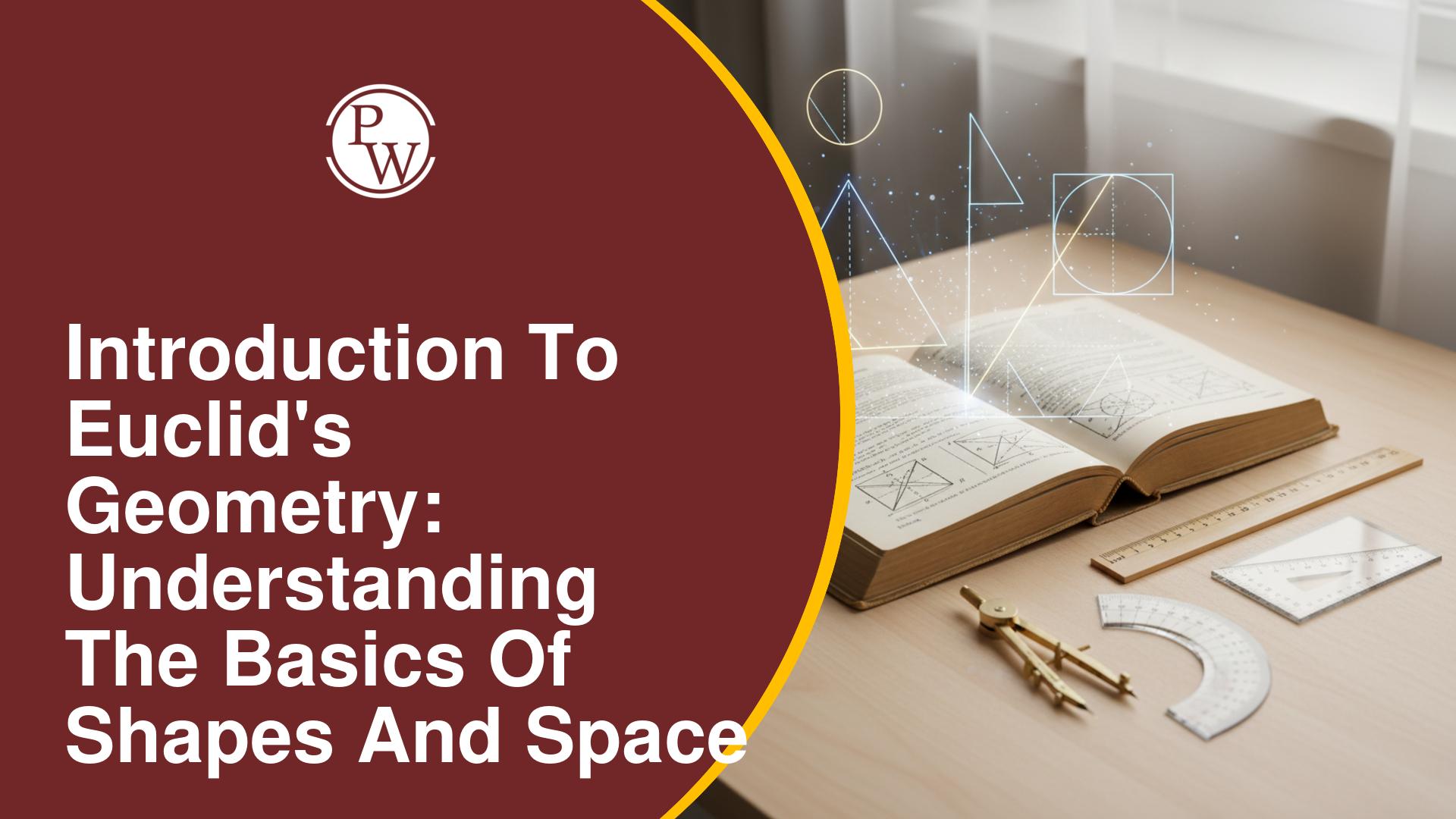
Quadratic interpolation is a mathematical technique used to estimate values between data points. It comes into play when you have three data points and want to understand how a smooth curve might connect these points. In this method, it is assumed that the underlying relationship between the data points can be approximated by a second-degree polynomial, often referred to as a quadratic polynomial. This assumption means that the behavior of the curve is expected to be parabolic in shape.
What is Interpolation?
Interpolation is a valuable technique widely employed in various fields such as mathematics, computer graphics, engineering, data analysis, and scientific computing. It serves as a mathematical and computational method for estimating values between known data points. Interpolation is particularly useful when you need to calculate the value of a function or a curve at positions that lie between the given data points. Several common interpolation techniques are used to achieve this, including:
Linear Interpolation: Linear interpolation approximates values between two data points by creating a straight line (linear function) connecting these points. The interpolated value is determined based on the position between the two data points and the line connecting them.
Polynomial Interpolation: Polynomial interpolation employs polynomial functions to approximate the behavior between data points. Common choices include quadratic and cubic polynomials, which can provide more accurate approximations when the relationship is not linear.
Lagrange Interpolation: Lagrange interpolation uses a specific type of polynomial interpolation that fits a polynomial through data points. It's a flexible method that allows the estimation of values between data points with varying degrees of accuracy.
Spline Interpolation: Spline interpolation is used when a smooth curve is desired. It divides the data into smaller segments and fits piecewise polynomials, known as splines, to each segment. This approach provides a continuous and smooth approximation between data points.
These interpolation techniques are applied to various real-world problems to fill in the gaps between known data points, enabling better understanding and prediction of the behavior of functions or curves.
What is Quadratic Interpolation?
With the help of three known data points and a mathematical method known as quadratic interpolation, one can determine the value of an unknown function at a specific location. This technique operates on the assumption that the underlying relationship between the given data points can be modeled as a parabolic curve, which is described by a quadratic equation.
The general form of a quadratic equation is: y = ax2 + bx + c.
To apply quadratic interpolation, you'll need three data points-(x₀, y₀), (x₁, y₁), and (x₂, y₂), each consisting of an x-value and its corresponding y-value. By using these data points as a starting point, you can create a quadratic equation that closely fits the curve passing through these data points. This equation allows you to estimate the behavior of the function between the given data points, even when the specific function is unknown.
Quadratic Interpolation Formula
Given three known data points (x₀, y₀), (x₁, y₁), and (x₂, y₂), each of which is composed of an x-value and its corresponding y-value, the quadratic interpolation method is used to obtain an estimated value, y, at a given x-value, x. The quadratic Equation required is given as follows:
y = y 0 × L 0 (x) + y 1 × L 1 (x) + y 2 × L 2 (x)
Where,
y₀, y₁, and y₂ are “y-value” of the three known data point,
x₀, x₁, and x₂ are “x-value” of the three known data point, and
L₀(x), L₁(x), and L₂(x) are the Lagrange basis polynomial.
Lagrange basis polynomials are defined as:
L ₀ (x) = (x – x ₁ ) × (x – x ₂ ) / ((x ₀ – x ₁ ) × (x ₀ – x ₂ ))
L ₁ (x) = (x – x ₀ ) × (x – x ₂ ) / ((x ₁ – x ₀ ) × (x ₁ – x ₂ ))
L ₂ (x) = (x – x ₀ ) × (x – x ₁ ) / ((x ₂ – x ₀ ) × (x ₂ – x ₁ ))
Quadratic Interpolation Formula Applications
Quadratic interpolation is a valuable mathematical technique with a range of applications in various fields. Here are some common applications of quadratic interpolation:
Data Analysis and Curve Fitting: Quadratic interpolation is often used to fit a parabolic curve to a set of data points. This helps in analyzing and understanding trends and relationships within the data.
Computer Graphics: In computer graphics, quadratic interpolation is used for creating smooth curves between specified control points. This is especially important in graphics applications for drawing curves and surfaces.
Numerical Analysis: Quadratic interpolation is a fundamental technique in numerical analysis, and it's used for approximating functions or estimating values between data points. This is critical in numerical methods for solving problems in science and engineering.
Physics and Engineering: Quadratic interpolation is used in physics and engineering to estimate physical properties, such as motion, based on limited data points. It can help predict the behavior of physical systems.
Signal Processing: In signal processing, quadratic interpolation is used to estimate values between sampled data points. This is particularly relevant in applications like audio signal processing.
Finance: Quadratic interpolation is employed in financial modeling to estimate the behavior of financial assets or economic indicators based on historical data points. This is used in option pricing and risk assessment.
Environmental Science: In environmental science, quadratic interpolation can be used to analyze and predict environmental data trends, such as temperature or pollution levels, based on observed data points.
Geographical Information Systems (GIS): Quadratic interpolation techniques are applied in GIS to create smooth surfaces, such as elevation models, from sparse data points like elevation measurements.
Astronomy: Astronomers use quadratic interpolation to predict the positions of celestial objects or to fill in missing data points when observing astronomical events.
Computer-Aided Design (CAD): In CAD applications, quadratic interpolation is used to create smooth and continuous curves between specified points, which is essential for designing various objects and structures.
Limitations of Quadratic Interpolation
- Assumption of a Parabolic Curve: Quadratic interpolation assumes that the relationship between data points can be modeled by a parabolic curve. However, in many cases, the actual connection may not precisely follow this assumption, leading to errors in the estimated values. Using a quadratic function to approximate complex or non-parabolic relationships can result in inaccuracies.
- Extrapolation Reliability: Quadratic interpolation is not well-suited for extrapolation, which involves estimating values outside the range of the provided data points. Extrapolation using a quadratic model can be highly unreliable and may produce incorrect results. The further you move away from the known data range, the less accurate the estimates become.
- Data Distribution and Density: The effectiveness of quadratic interpolation is influenced by the distribution and density of the data points. Unevenly spaced or sparse data points can result in less accurate estimates. In areas where data points are scarce or unevenly distributed, interpolation methods, including quadratic interpolation, may not provide reliable results.
Quadratic Interpolation Formula Examples
Example 1: Quadratic Interpolation with Known Data Points
You are given three data points: (1, 3), (2, 8), and (3, 15). Use quadratic interpolation to estimate the value of the function at x = 2.5.
Solution:
We'll use the quadratic interpolation formula:
y = y₀ × L₀(x) + y₁ × L₁(x) + y₂ × L₂(x)
Given data points:
(x₀, y₀) = (1, 3)
(x₁, y₁) = (2, 8)
(x₂, y₂) = (3, 15)
First, calculate the Lagrange basis polynomials:
L₀(x) = (x - x₁) × (x - x₂) / ((x₀ - x₁) × (x₀ - x₂))
L₀(2.5) = (2.5 - 2) × (2.5 - 3) / ((1 - 2) × (1 - 3)) = 0.125
L₁(x) = (x - x₀) × (x - x₂) / ((x₁ - x₀) × (x₁ - x₂))
L₁(2.5) = (2.5 - 1) × (2.5 - 3) / ((2 - 1) × (2 - 3)) = -0.75
L₂(x) = (x - x₀) × (x - x₁) / ((x₂ - x₀) × (x₂ - x₁))
L₂(2.5) = (2.5 - 1) × (2.5 - 2) / ((3 - 1) × (3 - 2)) = 0.75
Now, use the formula:
y = y₀ × L₀(x) + y₁ × L₁(x) + y₂ × L₂(x)
Substitute the values:
y = 3 × 0.125 + 8 × (-0.75) + 15 × 0.75
y = 0.375 - 6.0 + 11.25
y = 5.625
So, the estimated value of the function at x = 2.5 is 5.625.
Example 2: Quadratic Interpolation with Known Data Points
Given the data points: (1, 4), (3, 10), and (4, 15), estimate the value of the function at x = 2 using quadratic interpolation.
Solution:
Using the quadratic interpolation formula as in Example 1, calculate the Lagrange basis polynomials and substitute the values to estimate y at x = 2. The result is approximately y = 7.167.
| Related Links | |
| Line and Angles Formula | Congruence of Triangles Formula |
| Rational Number Formula | Line and Angles Formula |
Quadratic Interpolation Formula FAQs
Q1. What is quadratic interpolation?
Q2. When is quadratic interpolation used?
Q3. What are Lagrange basis polynomials?
Q4. Can quadratic interpolation be used for extrapolation?










